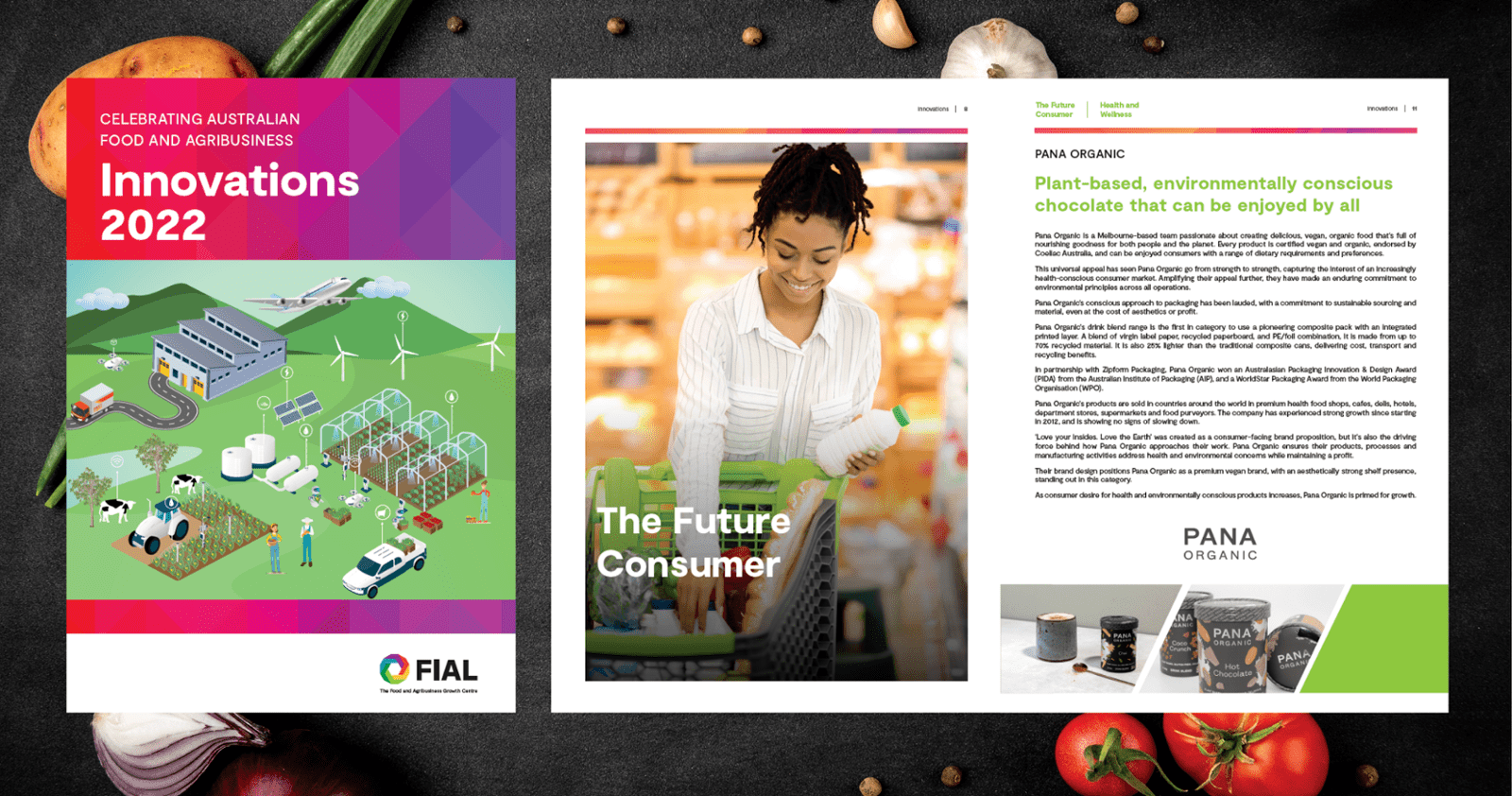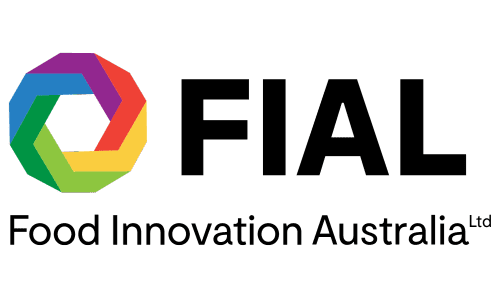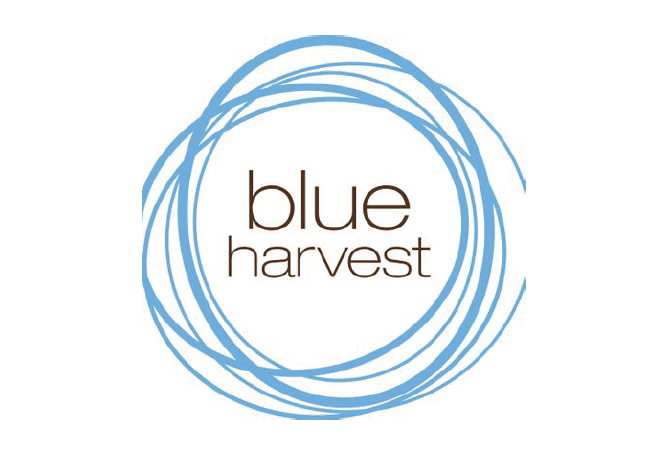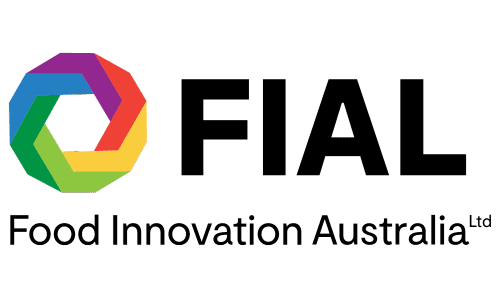Capturing the Prize: the A$200 billion opportunity for Australia's food and agribusiness sector/ Food Security and Sustainability / Sustainable fisheries
Opportunities associated with identifying and improving sustainable and circular economy production techniques for aquaculture, wild fisheries and bivalves.
Blue Harvest is a specialist seafood and marketing agency working with Australian oyster producers, helping them deliver the best possible product from the water to the plate. It also farms oysters. Choosing not to add to the ocean plastic problem, Blue Harvest worked with packaging specialists BioPak to showcase a certified compostable and recyclable alternative to the existing industry-standard plastic tray.
The sugarcane pulp-based (bagasse) tray features individual cavities emulating the shape of the oyster, which helps maintain product freshness and quality. It is certified home and industrially compostable with a matching PET recyclable lid. It’s also sturdy and stackable to simplify storage and service.
Currently, single-use plastic trays are ubiquitous in the retail of oysters. It is also contradictory. Plastic is a significant pollutant in the ocean, and the seafood industry relies on the ocean for its livelihood. This sustainable alternative can have a significant impact on sustaining the industry itself and improving industry waste.
It is estimated that every 208,000 oyster trays made from sugarcane over conventional plastic packaging will avoid 2,000 tonnes of fossil-fuel plastics and offset 13,207kg of carbon emissions. And, with an 85 per cent paper recycling rate in Australia, it is expected that at least 85 per cent of the pulp trays will be recycled. Those that are not will decompose and not persist in the environment. It has been recognised with an Australasian Packaging Innovation & Design Award (PIDA) from the Australian Institute of Packaging (AIP) and a WorldStar Packaging Award from the World Packaging Organisation (WPO).
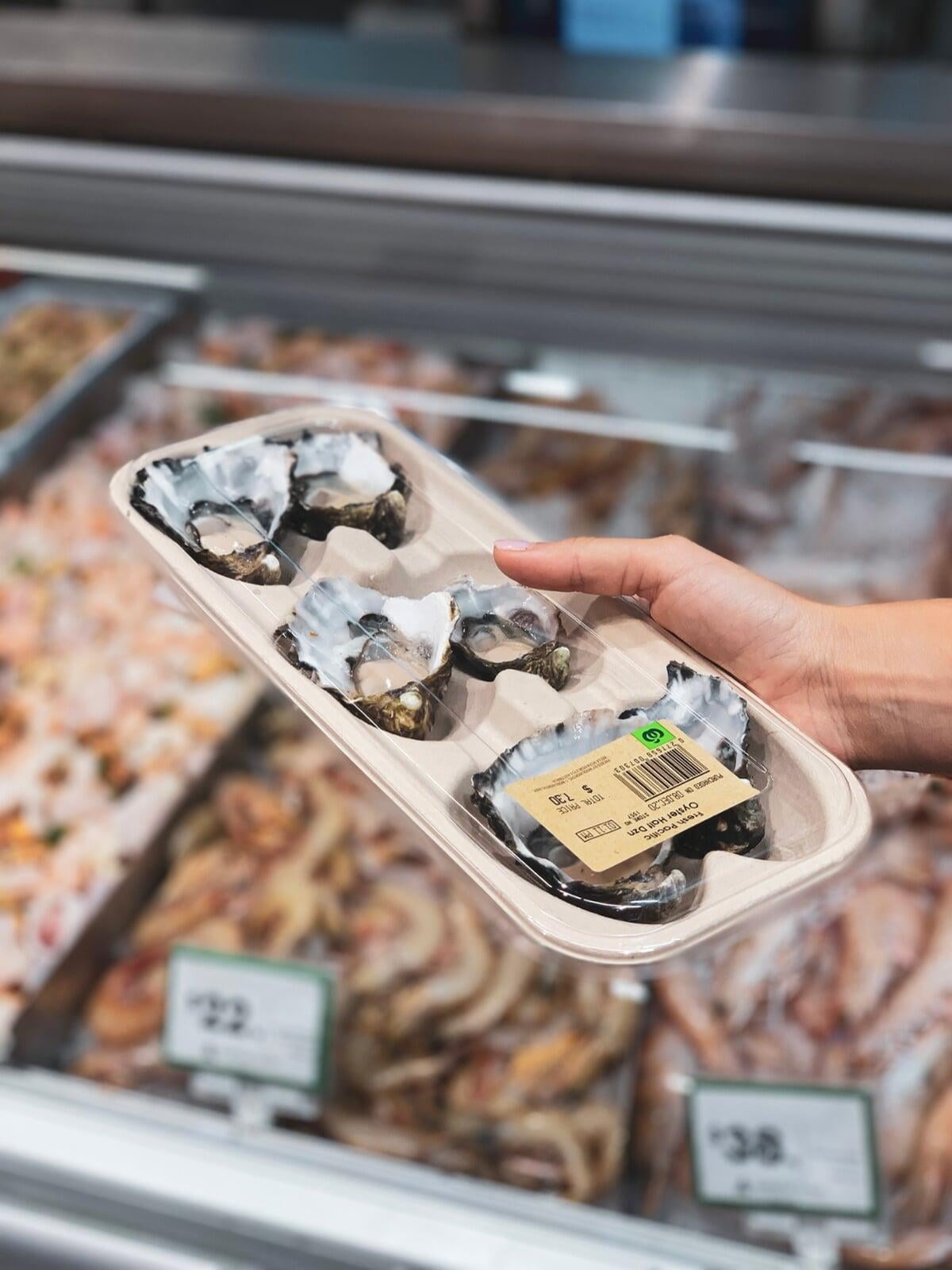
The new oyster packaging is rolling out in Woolworths NSW stores and independent seafood retailers around the country. The design was a result of a collaborative effort, with the support of retailers, packers, producers, and consumers being crucial in the development process.
In-house industrial and graphic designers worked on the technical and aesthetic aspects from start to finish. Several prototypes were made to ensure there were no adverse functional or operational performance impacts. In fact, performance was improved. The bagasse tray provides a moisture-resistant and grease-resistant surface that maintains the quality of the oysters for a longer period of time. This is a considerable benefit since the product is highly temperature sensitive and perishes quickly after harvest.
Aesthetic improvements also better reflect the premium product – a message not conveyed by the previous plastic tray with shrinkfilm overwrap – further increasing consumer appeal.
This case study is from FIAL's 2022 edition of Celebrating Australian Food and Agribusiness Innovations 2022
